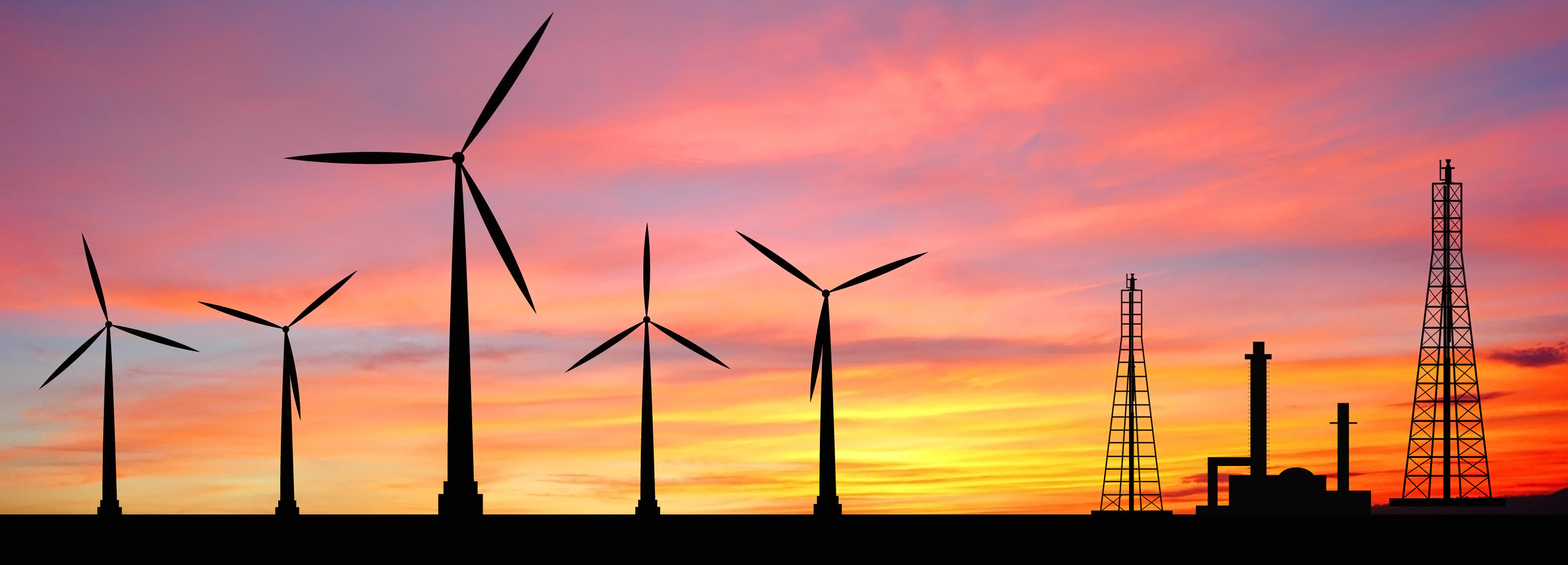In today’s talking points: Australia’s mystery resource reserves; Looking into Australia’s e-waste sees commodity metals recycled in China; the OECD suggests China to cut steel capacity and Australia’s gas exports outstrip domestic consumption
Australia’s mystery resource reserves
It is well known that Australia is home to some of the largest reserves of fossil fuels globally. So it’s no wonder that this has come into question as a national debate over energy policy has recently sparked. South Australia recently experienced blackouts in late 2016, and while that was attributed to a freak storm, Australian’s are beginning to wonder just how much juice is left. While Australia certainly produces enough gas, it is interesting that it exports almost double its consumption. And while we export competitively, domestic gas prices have almost tripled over a decade. As the debate begins, questions surrounding renewables, alternative energy sources and state versus federal decision making are definitely on the horizon.
Read more at Bloomberg
Australian e-waste sees commodity metals recycled in China
Electronic waste, or e-waste, sees millions of televisions, computers, mobile phones and the like discarded by Australians each year. Thanks to a structured recycling scheme, however, companies are obliged to divert end-of-life products from landfill. In doing this, the products end up in Asia for processing and recycling. For example, plastics are sent to China for processing, which allows companies and the government alike to boast that over 95 per cent of recycled materials are recovered. E-waste is growing three times faster than any other type of waste in Australia, and the government urges Australians to be aware of their waste footprint and their recycling options.
Read more at ABC
OECD suggests China to cut steel capacity
A report released by the Organisation for Economic Cooperation and Development notes that almost half a million workers in the Chinese steel industry would need to be let go, in order to reduce China’s excess capacity to sustainable levels by 2020. Of course, a reduction in steel supply would increase prices, and a key flow-on effect would undoubtedly impact Western Australia, with iron ore being it’s biggest import. Earlier this year on the announcement that the Chinese government would cut steel capacity by 30 million tonnes, iron ore futures jumped 8 per cent. Larger cuts as proposed by the OECD would potentially mean larger price differences.
Read more at Business News
Australia’s gas exports outstrip domestic consumption
China imports around 50 million tonnes in barrels of oil year from Australia, which has allowed production to increase – more than doubling in the last decade. Eastern Australian gas exports, from Queensland ports such as in Gladstone, make a significant contribution to Chinese imports. Though China has it’s own frontier basins, in Sichuan, for example, with a stock to produce more than enough, the Chinese market prefers to import as their marginal cost of production outstrips the Australian export price. Shockingly, however, domestic prices for gas sit at almost double our export prices. And it’s not just China – US prices sit at around AUD$3.4 per gigajoule, which is only 30 per cent of the Australian equivalent price. More gas per year is exported to China than is consumer across Australia – and there are worries that we may not be leaving enough for ourselves.
Read more at The Conversation

